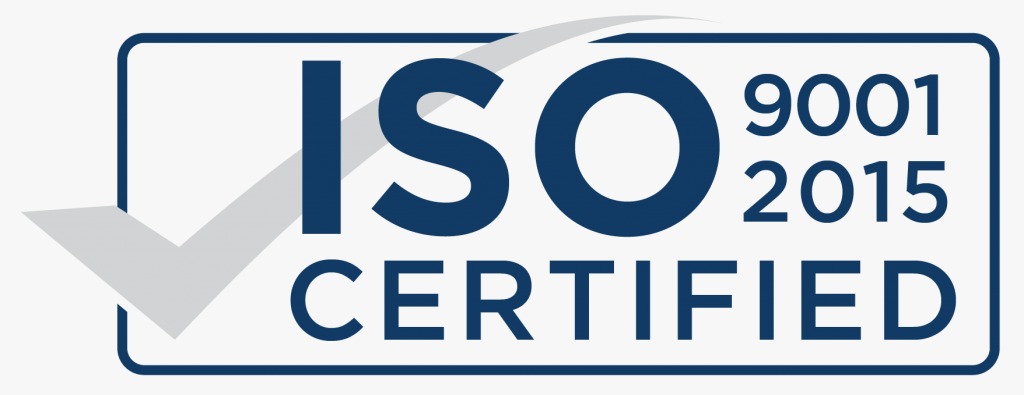
Radio Communication System
Radio communication system works with the aid of a transmitter and a receiver both equipped with an antenna. The transmitter with the help of an antenna produces signals which are carried through a radio carrier wave. The receiver also with the help of an antenna receives the signal. The modern two-way radio system (2WRS), which is an alternative name for radio communication systems, typically has three user modes. A portable radio user has a handheld transmitter-receiver, or transceiver, device that runs on batteries and is easy enough to take almost anywhere, a mobile radio user usually has a transceiver mounted inside a vehicle, and a fixed or base radio user sits at a station with stationary radio equipment. The transportable radio may be carried and operated during stationary times. Radio electronics have improved a lot since the early 1900s, as there have been breakthroughs in battery technology that increase the talk time for portable radios. Some technologies even allow for radio transmit power auto-adjustment to match the user locations relative to the fixed stations.

Radio communication system users are able to communicate with all members of a group at the same time. In practice, each group in an organization is granted an actual channel or a virtual private channel where the group can communicate without interfering with communications from other groups. This feature is made possible by the channel selectivity of radio receivers used in conventional analog communications. In conventional analog communications, channels are allocated to different groups, and when there are too many groups, a technique called trucking allows radio groups to have a virtual channel as needed. In this mode, the trucking radio communication system requires a form of data communication-capable subscriber units called trunked radios. Instead of using a channel exclusively, a trunked radio will automatically request a channel without the user knowing it. All the user knows is that there is access to a specific virtual channel or talk group. A go-ahead beep informs the user that a virtual channel has been established and that the user may already speak.

Reasons of Radio Communication System : Walkie-Talkie
Walkie-talkie systems, also known as two-way radio systems, serve various purposes across different industries and scenarios due to their versatility and reliability. Here are some common reasons for using walkie-talkie systems:
Efficient Communication: Walkie-talkies provide instant, real-time communication, allowing users to relay messages quickly and efficiently.
Another perspective is, Walkie-talkies facilitate group communication, enabling multiple users to participate in the conversation simultaneously. This is particularly useful for teams coordinating tasks or events.
Thirdly, Many walkie-talkie models offer hands-free operation with accessories like earpieces and headsets, allowing users to communicate while keeping their hands free for other tasks.
Durability: Walkie-talkies are built to withstand tough environments, making them suitable for outdoor activities, construction sites, and industrial settings.
No Dependence on Cellular Networks: Walkie-talkies operate on their own radio frequencies, eliminating the need for cellular networks. This makes them ideal for remote or isolated areas where cell coverage is unreliable or unavailable.
Emergency Communication: They are commonly used for emergency situations, allowing immediate communication during crises to coordinate rescue efforts during natural disasters such as hurricanes or earthquakes, or security incidents.
Privacy and Security: Walkie-talkies offer a degree of privacy as conversations are not transmitted over public networks. Some models also feature encryption to enhance security.
Cost-Effective: Walkie-talkie systems are often more cost-effective than maintaining cellular phone plans for large groups of users, making them an economical choice for businesses and organizations.
Wide Range of Frequencies: Different walkie-talkie models can operate on various frequencies, including VHF (Very High Frequency) and UHF (Ultra High Frequency), providing options for different coverage areas. Though there’re potential limitations, such as limited range or battery life.
Interoperability: Many walkie-talkies are designed to be compatible with other radio systems, promoting interoperability and collaboration among different agencies or organizations during emergencies.
Location Tracking: Some advanced walkie-talkie systems include GPS features, allowing users to track the location of team members for improved coordination.
Multi-Channel Support: Walkie-talkies often have multiple channels, allowing users to switch to a clear channel if one is congested with traffic or interference.
Noise Reduction: Certain models come with noise-canceling features, making communication clearer in noisy environments.
Government and Public Services: Public safety agencies, law enforcement, military, and various government entities rely on walkie-talkies for their mission-critical communications.
Recreation and Hobbies: Walkie-talkies are popular among outdoor enthusiasts, campers, hikers, and hobbyists for staying connected in remote areas or during recreational activities.
Overall, walkie-talkie systems provide dependable communication solutions for a wide range of industries and situations, offering reliability, coverage, and features tailored to specific needs.
Brand We offer-




